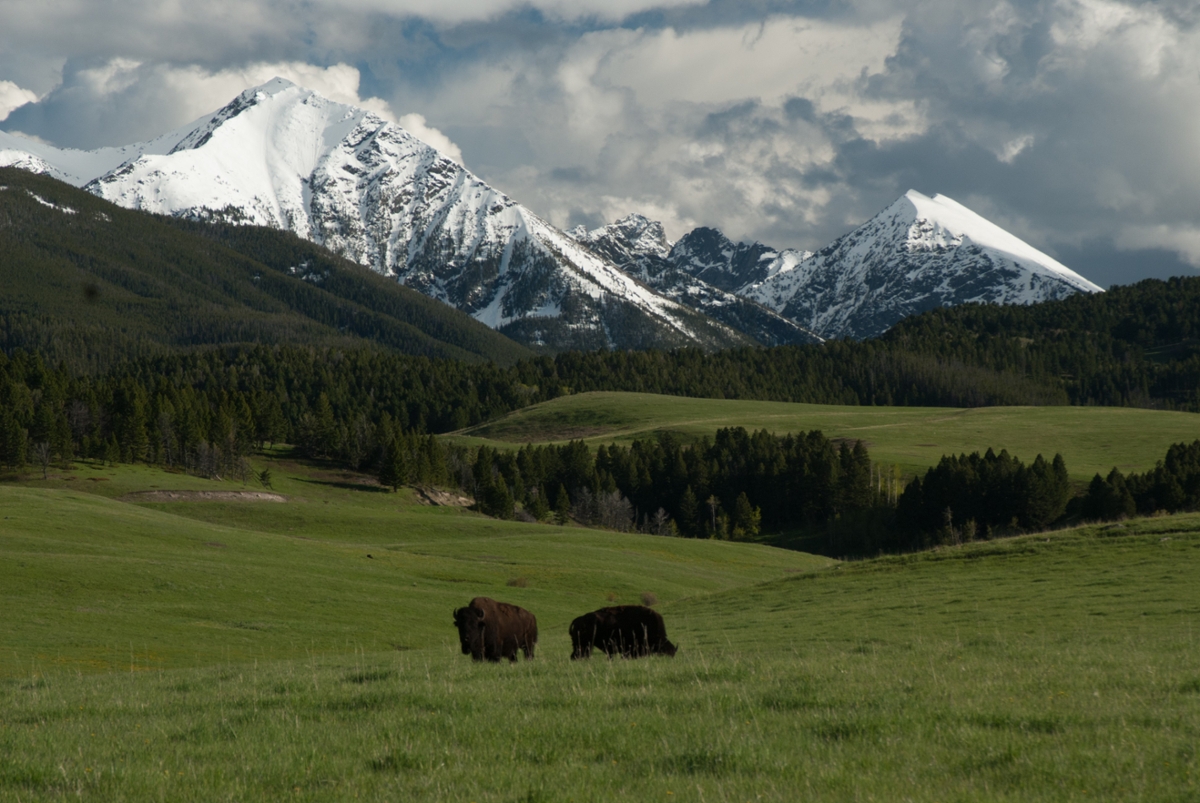Protecting Nature and Wholesome Lives
By: John A. Baden, Ph.D.Posted on August 27, 2019 FREE Insight
I am pleased to be working with The Goodman Institute as a contributing author, here is a link to my first piece http://www.libertyandecology.org/protecting-our-natural-surroundings/. The Goodman Institute was founded by economist John Goodman, Ph. D. His new blog, http://www.libertyandecology.org and his pioneering work in health economics and entitlements. His new blog fosters appreciation and protection of the environment using the tools of economics. Jane Shaw Stroup, a historian and editor, manages the blog Jane and I go back a long way for I hired her while president of PERC, the Property and Environment Research Center in the mid 1980s. Soon after, she and my colleague and frequent co-author, Richard Stroup were married. They live in Raleigh, NC and continue to influence the public policy debate.
Protecting Our Natural Surroundings
On the Liberty and Ecology Blog
I divide environmental topics into two sometimes overlapping groups, “romance” and “sludge.” The romance sector includes parks, forests, wildlands, wilderness, wildlife, and scenic vistas. These treasures grace calendars and coffee table books. Most educated and comfortable adults, even committed urbanites, are attracted to and want to protect this sector.

The second division is sludge. This term refers to nasty stuff that is often the necessary byproduct of legitimate productive activities such as food processing, mining, and manufacturing. These are spillovers from legitimate and useful activities. Economists call this category negative externalities. They ask: How might we efficiently reduce them—or even better, convert them into useful products?
That’s exactly what environmental entrepreneurs did when they converted the wood waste and scrap from lumber mills into valuable wood panels. Those panels replaced plywood—which had replaced boards formerly cut from old growth trees. Lesson here? In a market process economy, superior substitutes naturally evolve.
 We can’t live without some sludge; it’s inherent in living and using products from the earth. While recognizing this, I choose to work in the romance arena. Had I elected to focus on sludge, I’d live in Boston and study its harbor. Instead, I live on a ranch between Bozeman and Yellowstone Park and study my surrounding habitat. Thus, I work in the tradition of America’s first conservationists.
We can’t live without some sludge; it’s inherent in living and using products from the earth. While recognizing this, I choose to work in the romance arena. Had I elected to focus on sludge, I’d live in Boston and study its harbor. Instead, I live on a ranch between Bozeman and Yellowstone Park and study my surrounding habitat. Thus, I work in the tradition of America’s first conservationists.
America’s old-line conservation organizations were primarily concerned with the romance sector of their environment, largely with protecting wildlife. A common target was market hunters, people who overexploited the wildlife commons. The Migratory Bird Treaty Act (MBTA) of 1918, one of the oldest wildlife protection laws, was among the National Audubon Society’s first major victories.
The 1857 book Wild Northern Scenes; Sporting Adventures with the Rifle and the Rod is an example of the connection between outdoor recreation and preservation of environmental romance. In this book, S.H. Hammond writes: “We are here alone with nature, surrounded by old primeval things. Tall forest trees, mountain and valley are on the right hand and on the left. Before us, stretching away for miles, is a beautiful lake, its waters calm and placid, giving back the bright heavens, the old woods, the fleecy clouds that drift across the sky, from away down in its quiet depths.”
My columns and posts build on a lifelong interest in conservation. It began by creating the Concord Conservation Club while in the fifth grade of the small, high-quality and quite rural Concord School in Miami County, Ohio.
Our club focused on wildlife, both fish and game. For example, I recall Field and Stream articles on the importance of fence rows in providing habitat. In those years family farms fields were small by today’s standards; forty acres was a large one. Most farms were fenced to keep farm animals, mainly beef and dairy cows and flocks of sheep, in for grazing. Various types of grasses and small bushes grew on both sides of each fence. I learned that fence rows provided good habitat for small animals nesting, hiding from predators, and gaining protection from weather. I maintained my interest through high school and college and expressed it through hunting and fishing.
My columns with the Goodman Institute will be written while enjoying life in the Greater Yellowstone Ecosystem. My goal is to explain how responsible liberty, sustainable ecology, and modest prosperity can complement one another while fostering wholesome communities. Communities flourish within this trinity. Eliminate any one and life becomes problematic, unpleasant over the long term—even unsafe.
Of the three elements of this trinity, modest prosperity is often underrated. Especially by Greens with a “woke” philosophy. Socialists and other authoritarians fail to understand the linkages among liberty, prosperity, and sustainable ecological systems.
They see economics as a subset of engineering rather than of evolutionary biology. Hence, they believe that prosperity can be designed and administered by the governmental bureaucracies via regulations and directives. This command approach never has and never will succeed. Why?
Bureaucratic knowledge is incomplete, and errors are common. Further, incentives often yield perverse outcomes. For example, federal programs to subsidize draining prairie potholes, America’s “duck factories,” destroy habitat for migratory waterfowl and terrestrial wildlife dependent on pools of water. Reclamation irrigation dams destroy salmon runs. Here as elsewhere, political forces trump ecology and economics.
Prosperity, as contrasted to windfall gains from winning a lottery or finding gold, evolves as individuals discover ways to move resources to higher value. I will be discussing that in the future with the example I know best, our ranch.

